Throughout history graffiti has been used as a medium to protest political institutions, to express opinions and depict ideas. Whilst other forms of protests have grown in popularity over the years (such as social media posts, marches and sit-ins), the walls of Iranian cities have increasingly been used to paint for freedom.
Political graffiti has found itself being extensively used as the forum of protest throughout Iranian history, such as the days leading to the Islamic Revolution in 1979 to the current protest of the Islamic Regime.
The protest erupted in September this year, following the death of Jina Mahsa Amini. The 22-year-old Kurdish woman died following her arrest by the country’s “morality police.” The morality police accused her of breaking the country's dress code for showing her hair under her veil.
Following her death, cityscapes around the world were painted with protest art. The target of the pieces: to ignite movements in support of the United Nations Sustainable Development Goal for Gender Equality and Peace, Justice and Strong Institutions.
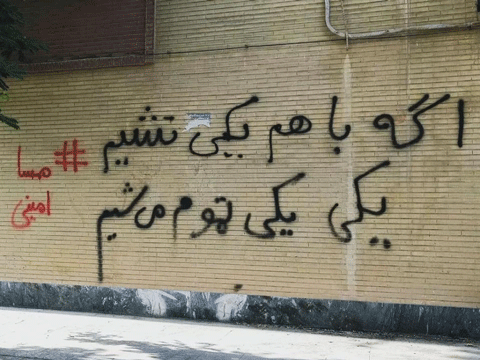
The authorities have been deeply concerned about the nationwide protests and have been violently addressing them the last few months. In desperate attempts to crack down on the defiance towards the regime, they have turned to contrived trials.
The United Nations estimates 14,000 protesters have been arrested in the last three months. Additionally, the Iran Human Rights NGO estimates 458 have been killed. Iran's interior Ministry also claims that the death toll was as high as 200 this month. By hanging people publically and painting over the graffiti, the regime is trying to crush objections towards their ideology and terrify demonstrators into submission.
However, political slogans nevertheless coat the walls, and protesters persistently revive them. For every piece of graffiti that has been defaced, artists create larger, or several more pieces in replacement. The most common motto of the uprising has been identified as “Jin, Jiyan, Azadi” or “Woman, Life, Liberty.”
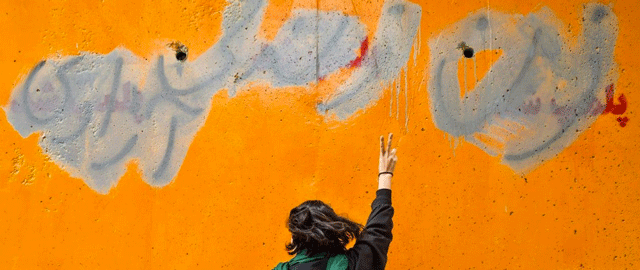
The saying is not lost in its meaning, as its origin being the battle cry of Kurdish independence and women's liberation movements. The symbol of the protests has also been echoed throughout Iran, its Farsi version being, “Zan, Zendegi, Azadi.”
The database of IRGC- affiliated Fars News Agency, obtained by the hactivists group, “Black Reward,” outlined the inadequacy of the authorities in tackling the enormous outroar. The cities’ sanitation department, that paint over the disseminated ideas, are not sufficiently managing the numerous “vandalisms.”
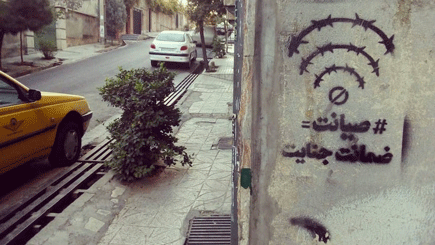
The confidential briefing papers sent to the office of Supreme Leader Ali Khamenei and the ranking members of the Revolution Guard revealed the extent to which the protests have been uncontainable. The director of the Iranian studies program at Stanford University, Abbas Milani, told NBC News that they are turning to putting “ the fear in people’s hearts again.”
The city of Zanjan has walls covered with slogans, such as graffiti directly referring to Supreme Leader Ali Khamenei as a “bloodthirsty dictator” and claiming that his days in absolute power are numbered.
Any criticism or profanities against the Supreme Leader are harshly reprimanded, and often punishable by death. Although, in recent days the sayings have shockingly become mainstream.
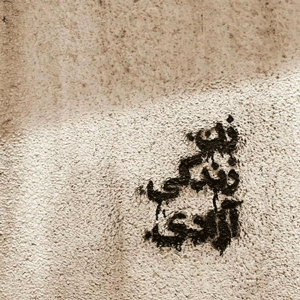
Various artistic processes have been used to protest. For example, protests in the form of performance art, such as: women and men crouched with their arms cuffed to trees, or women waving their veils out of windows. Other forms of political visuals brandish the cities. In Tehran, the capital of Iran, stickers cover old street signs, renaming it “Arman,”a man that was shot and killed whilst protesting.
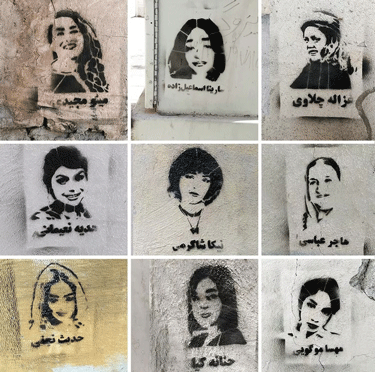
However, graffiti art has taken precedent. Artists work fast, stencils in hand as their lives are put on the line. An unknown artist told the Economist that, “It’s hard to create when the workspace is so hostile.” The nature of graffiti allows it to be the unparalleled forum of expression: it takes seconds to apply stencils and apply the paint.
Images of Amini cover the walls as well as other women that have been killed. Public fountains, and rooftops overflow with red paint, forcing authorities to wash away the consequences.
Whilst an agreed upon emblem has not been coined for their revolt against ethnic, religious, economic and gender divisions, it is fitting that “Women, Life, Liberty” overturns the Islamic Republic in their desperate attempts to cling to power.
